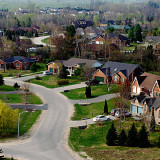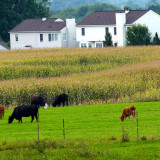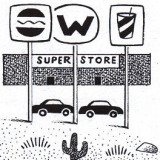Does Smart Growth = Equitable Growth?
Smart growth promises less sprawl, reduced congestion, cleaner air, fewer wasted tax dollars, and revitalized neighborhoods. Yet advocates for low-income communities fear it may also lead to rising housing prices, displacing lower-income workers and their families and small businesses.











